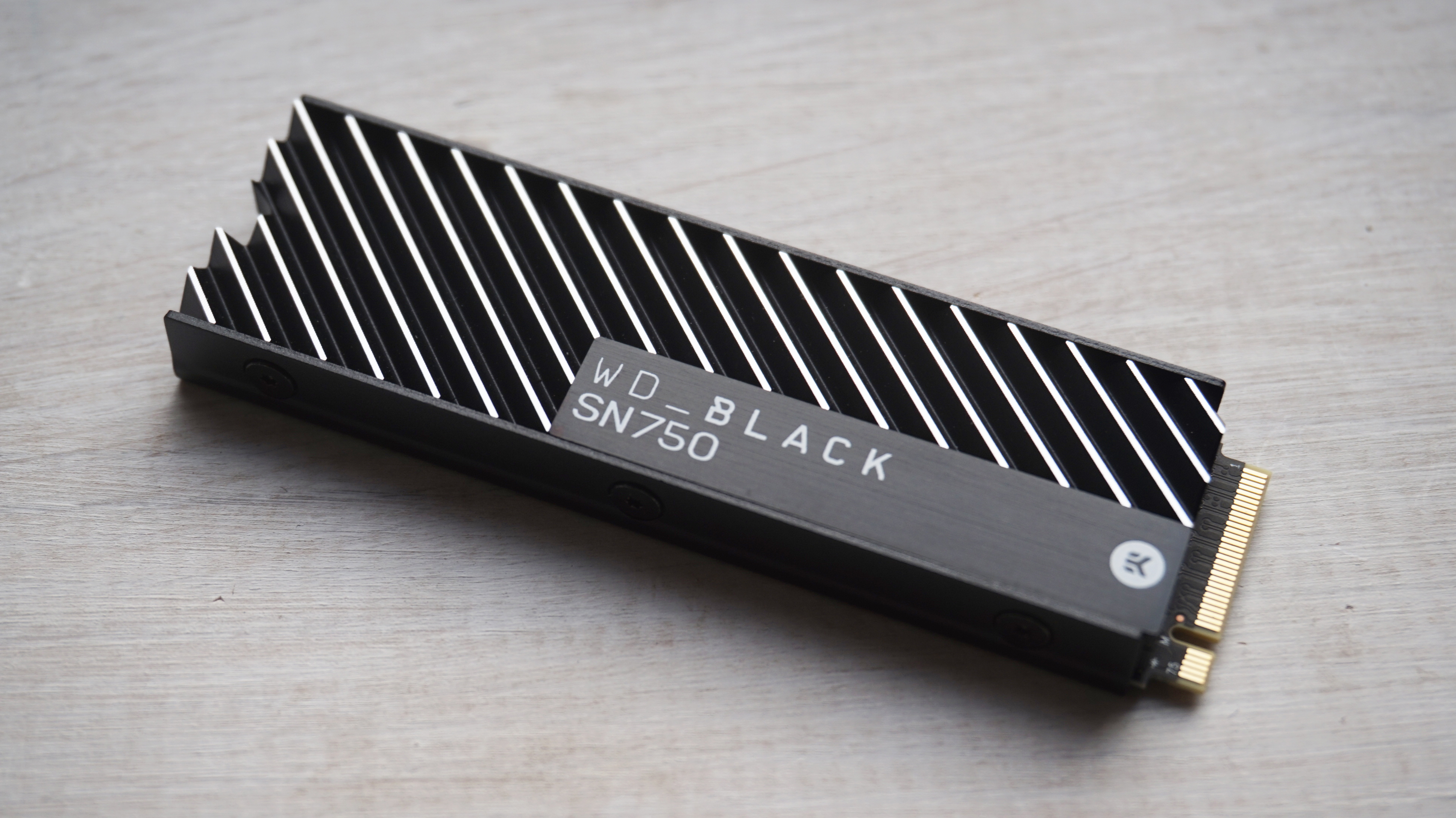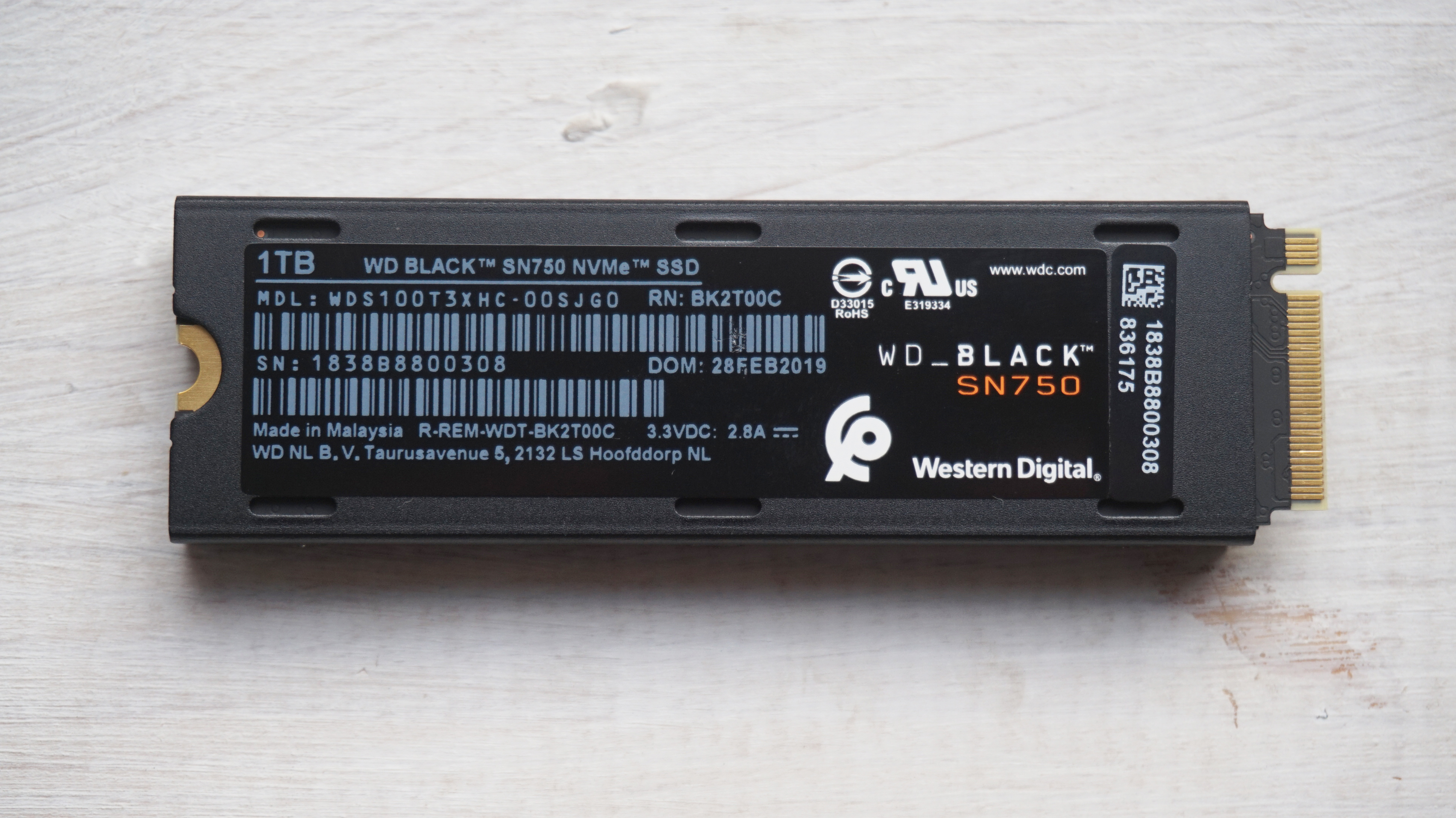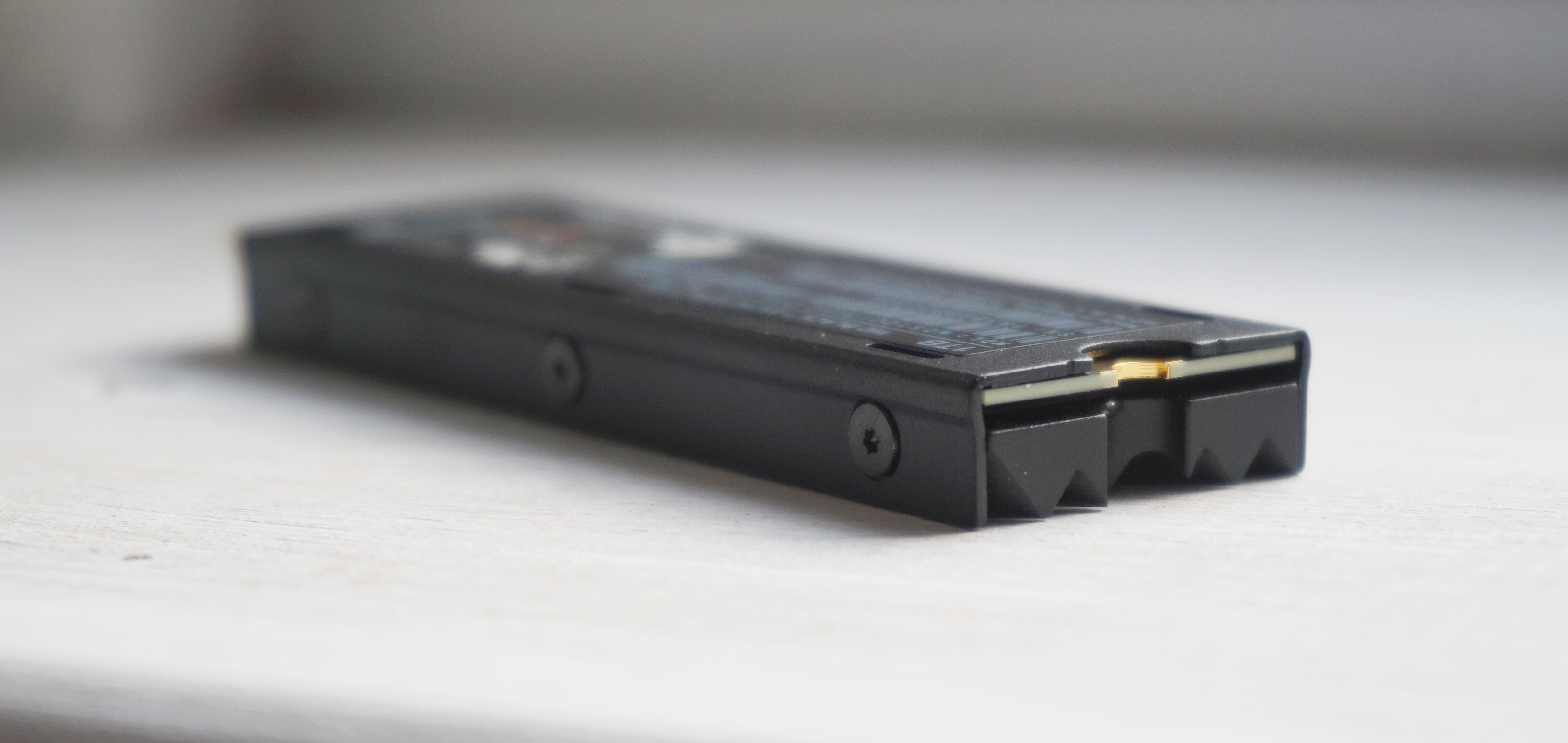
When WD first introduced they had been redesigning their top-tier Black NVMe SSD to look extra gamer-friendly earlier within the 12 months, I need to admit that I rolled my eyes a bit. After all, what might you presumably do to an SSD the dimensions of a chewing gum stick that may make it look tangibly completely different to every other chewing gum stick-sized SSD? Well, within the case of WD’s vanilla Black SN750, all it boiled all the way down to was a barely completely different sticker on the entrance. Its extra upmarket heatsink model, although? I take all of it again. This SSD is a factor of magnificence. But is it actually value paying all that extra cash for and is it a greater SSD than our best gaming SSD champs? Here’s wot I feel.
It appears foolish to coo over a stick of storage prefer it’s some completely chiselled sculpture hewn straight out of a slab of pitch black obsidian, however for those who’ll enable me to spend only a few phrases on the topic, WD’s Black SN750 Heatsink mannequin is absolutely fairly one thing. Its collection of white-edged ridges are beautiful and funky to the contact while you first get it out of the field, and it appears to be like a lot smarter inside your PC than its many stickered brethren. It’s the Rolls Royce of premium storage, and I’d think about a few of you who have gotten the money will most likely purchase it based mostly on its appears to be like alone.
You’ll should fork out a reasonably penny for the heatsink model, although, as in contrast to the plain SN750, there’s no 250GB beginning mannequin. Instead, it’s solely accessible in 500GB, 1TB and 2TB measurement capacities. That naturally makes the bottom entry level into SN750 Heatsink territory relatively dearer than your common NVMe SSD, with present costs hovering across the £108 / $90 mark for the 500GB mannequin, £215 / $227 for the 1TB model and a positively extortionate £434 / $390 for the highest 2TB version (though these could effectively change once more as soon as inventory ranges and Black Friday costs start to get again to regular once more).
The 500GB mannequin is probably the best promote for SN750 Heatsink fans, as right here the worth differs solely by a tenner or so, placing it roughly on par with the Samsung 970 Evo Plus. Move as much as the 1TB I’ve been despatched for evaluate, nonetheless, and the hole turns into a lot bigger, with the common SN750 solely setting you again round £170 / $175 at time of writing in comparison with over 2 hundred.
But what profit does the heatsink truly convey to the SN750? A bit just like the heatsink fan connected to your PC’s CPU, it’s designed to maintain the drive cool so it might stick with it operating at excessive speeds for longer intervals of time. It’s a passive kind of cooling, so it doesn’t contain any followers or water tubes and the like. Instead, it makes use of all these little ridges on high of the SSD to assist dissipate the quantity of warmth it generates extra effectively.
It doesn’t imply the drive will run at quicker speeds than the common SN750. Indeed, each variations of the drive have the identical quoted learn and write speeds on the field, with the 1TB SN750 capable of allegedly hit sequential learn speeds of 3470MB/s, in response to WD, in addition to sequential write speeds of 3000MB/s. It’s extra that the heatsink model will be capable to hit these form of speeds extra usually and be capable to maintain them for longer – like a marathon runner versus a sprinter.
These quoted speeds aren’t the identical on all measurement capacities, I ought to add (see the desk beneath for extra particulars), however I’ll be specializing in the 1TB model for this evaluate, as that’s the dimensions WD despatched me for testing.
| 250GB | 500B | 1TB | 2TB | |
|---|---|---|---|---|
| Sequential learn velocity | 3100MB/s | 3470MB/s | 3470MB/s | 3400MB/s |
| Sequential write velocity | 1600MB/s | 2600MB/s | 3000MB/s | 2900MB/s |
| Endurance ranking | 200TBW | 300TBW | 600TBW | 1200TBW |
I’ll be upfront. Seeing how a drive performs over the size of time the place a heatsink would truly make a tangible distinction to its total learn and write efficiency is hard. Indeed, in my common set of benchmark exams, the Black SN750 Heatsink version wasn’t actually that a lot quicker than its non-heatsinked sibling.
Its sequential learn velocity got here in at a virtually an identical 2124MB/s in AS SSD’s 1GB check, and its sequential write velocity was solely round 100MB/s quicker at 2740MB/s. That’s nonetheless fairly rattling quick within the grand scheme of issues, although, and is simply sufficient to push it into the identical form of pole place territory as its Samsung 970 Evo Plus rival.
But sequential speeds aren’t actually an excellent indicator of how briskly a drive will carry out in actual life. After all, most of your knowledge is scattered about far and wide in your SSD’s storage banks, not in good, neat, sequential blocks, making random learn and write exams a a lot better indicator of day-to-day efficiency.
Here, the heatsink model got here out a teensy bit in entrance of the common SN750 with 45.8MB/s learn and 155.6MB/s write, however the soar is so small in comparison with the SN750’s 44.2MB/s and 148.4MB/s that you just’re unlikely to see a lot of a distinction. Indeed, I hoped its cooler operating temperatures would possibly push its random learn velocity up nearer to the Samsung 970 Evo Plus’ 55.2MB/s random learn velocity, however alas, it was to not be. It did, at the very least, beat the 970 Evo Plus’ random write velocity of 132.3MB/s, however that’s hardly a lot of an achievement when the unique SN750 does this anyway.
Switching on the drive’s ‘gaming mode’ in WD’s SSD Dashboard software program didn’t significantly wow me, both. The dashboard retains observe of your SSD’s endurance ranges, capability, temperature, and operating velocity, in addition to letting you put in new firmware updates once they’re accessible. But the principle factor you’ll wish to use it’s to allow that aforementioned gaming mode. This disables the SSD’s low energy state for supposedly faster efficiency, and as soon as I’d restarted my PC to ensure that it to take impact, its random learn velocity rose to 46.2MB/s, whereas its random write velocity edged as much as 173.6MB/s.
The latter is, to its credit score, the best random write velocity outcome I’ve ever recorded on an NVMe SSD, so for those who spend plenty of time working with giant recordsdata, then you could really feel the SN750 Heatsink version is value the additional money. But as soon as once more, it’s actually not that a lot quicker than the common SN750’s gaming mode scores, which got here in at 44.9MB/s random learn and 167.1MB/s random write, which is just about the identical form of enhance over its non-gaming mode outcomes (1-2MB/s learn and round 20MB/s write) because the heatsinked mannequin.
As I discussed earlier, I’m most likely not doing the heatsink model justice with these exams, and it might effectively show the extra sturdy of the 2 in, say, a few years time. But within the grand scheme of issues, I reckon most individuals will probably be simply nice with the common SN750. The heatsink mannequin does look beautiful, however while you’ll get just about the identical day-to-day expertise because the common SN750, you’re most likely higher off saving your self some money and placing it towards one thing else as an alternative.
Personally, I feel the Samsung 970 Evo Plus’ nippier random learn speeds nearly give it the sting as the general finest NVMe SSD you should buy proper now, however it is usually dearer. As such, the non-heatsink model of WD’s Black SN750 stays my next-best decide for potential NVMe patrons, with the heatsink mannequin there if you’d like it and may’t get sufficient of these candy, candy black steel ridges.





